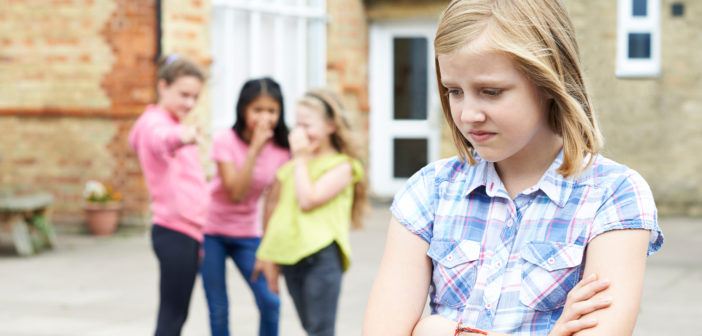Friendships are a core part of a child’s existence and contribute to their self esteem.
Everyone wants to feel accepted and like they belong, especially young people who are trying to find their place in the world. It makes sense then that friendship groups or cliques form as kids gravitate to like-minded peers.
However the dynamics of these can present challenges such as peer pressure or conflict. Kids might feel they have to change to fit in or conform to the groups rules even if they don’t agree with them.
Teaching our kids how to identify healthy friendship and make smart choices regarding associations that might not be as positive is important.
Being able to identify the difference between belonging to a group as opposed to trying to fit in to be popular is also important for kids to understand.
When we belong somewhere we are accepted for who we are. We don’t need to change or meet predetermined expectations or rules to be worthy of being included. Being part of this type of friendship group makes us feel good about ourselves and reinforces our self-worth.
In contrast, fitting in often requires us to modify something about ourselves to fit the mold of the group. Kids may strive to be more sporty, academic, popular or cool to fit in to a particular clique.
 If we are rejected from a clique for whatever reason we can feel like outcasts. Meanwhile, genuine friendship groups where everyone feels that they belong allow kids to come and go as they please.
If we are rejected from a clique for whatever reason we can feel like outcasts. Meanwhile, genuine friendship groups where everyone feels that they belong allow kids to come and go as they please.
Obviously, we know which type of friendship group we want our kids to be part of!
So how do we encourage our children to make positive friendships and to understand the dynamics of groups? Here are a few tips:
- Friendship Expert and Founder of URSTRONG, Dana Kerford recommends teaching children the value of individual friendships rather than focusing on the group. “The reality is that ‘group mentality’ reinforces unhealthy thinking patterns like stereotyping and discrimination,” she says. “…encourage your students or child to focus on what works in each one of their individual friendships.
- Encourage them to keep their own personal values and interests in mind when choosing who they associate with and to ask themselves whether they are compromising those values for the sake of fitting in.
- Remind them that friendships are often fluid things that change with time and circumstances. Relating some of your own experiences may help.
- Encourage diversification and openness in their friendship groups, as not only can they learn from difference, it will also discourage stereotyping and conformity within the group.
- Reinforce your child’s sense of belonging to the family unit, friendship groups outside of school and in the community. This will help protect their self esteem from any adverse interactions with groups at school.
Navigating friendships is tricky at the best of times, not least of all for kids who desperately want to fit in. Having the right attitude and ongoing open discussions around your child’s friendships will help them navigate conflicts and form positive relationships.

